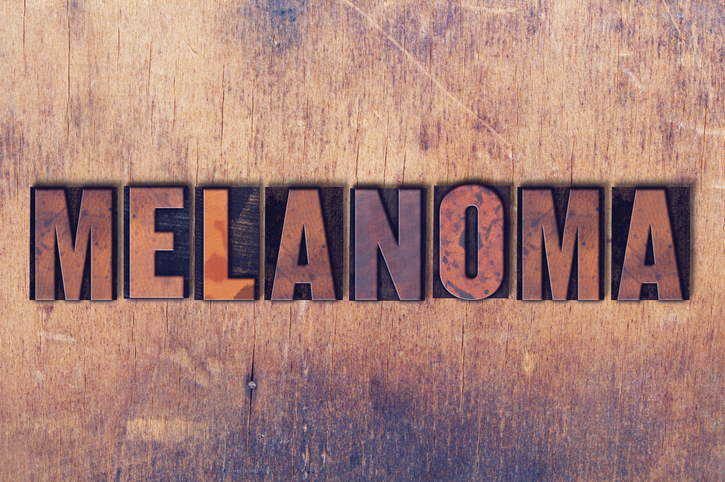
A novel T cell therapy combination for Hodgkin lymphoma (HL) was safe and showed promising results as an adjuvant therapy for patients with relapsed/refractory disease, according to a pilot study. The investigators evaluated the safety and efficacy of treatment with a tumor-associated antigen specific T cell therapy (TAA-T) either alone or with a checkpoint inhibitor in patients with HL. These findings were published in Blood Advances.
Novel T Cell Therapy Combination for HL
HL is a blood cancer impacting the lymphocytes. The cancer cells in classic HL are Reed-Sternberg cells, which are abnormal B lymphocyte cells.
The authors wrote, “HL Reed Sternberg cells express tumor associated antigens (TAA) that are potential targets for cellular therapies. We recently demonstrated that TAA-T targeting WT1, PRAME and Survivin were safe and associated with prolonged time to progression in solid tumors. Hence, we evaluated whether TAA-T when given alone or with nivolumab were safe and could elicit anti-tumor effects in vivo in patients with relapsed/refractory HL.”
The aim of the study was to assess the safety profile of the addition of a checkpoint inhibitor with TAA-targeted T cell therapy for Hodgkin lymphoma. The research team from Children’s National Hospital enrolled ten patients with relapsed/refractory HL. Eight patients had active HL and two patients received treatment as adjuvant therapy following stem cell transplantation.
Patients were infused with either autologous (n = 8) or allogeneic (n = 2) TAA-T. Cumulative doses ranged from 0.5×107 to 4×107cells/m2. Six patients received priming with the checkpoint inhibitor nivolumab prior to TAA-T and continued to receive this treatment until disease progression or toxicity.
All 10 TAA-T cells produced recognized at least one TAA, were polyfunctional, and did not show autoreactivity. Patients were monitored for six weeks for safety and response outcomes.
Safety and Treatment Response
The authors reported a satisfactory safety profile for this treatment. No dose-limiting toxicities occurred. The two patients receiving TAA-T as adjuvant therapy remained in continued remission after ≥2 years.
“The fact that this combination therapy is so safe was very encouraging for the treatment of patients with lymphomas,” said Catherine Bollard, MD, MB ChB, director of the Center for Cancer and Immunology Research at Children’s National Hospital, via a press release. “In addition, this data allows us to consider this combination immunotherapy for other patients, including those with solid tumors.”
Among the eight patients who received treatment for active disease, one patient had a complete response. Seven patients had stable disease at three months, three of whom continued to have stable disease at one year. Patients who responded to treatment demonstrated antigen spreading and long-term persistence of TAA-T. The authors noted that priming with nivolumab “impacted the TAA-T recognition and persistence.”
Clinical Takeaway for Hodgkin Lymphoma
In summary the authors wrote, “treatment of [patients with] relapsed/refractory HL with TAA-T alone or in combination with nivolumab was safe and produced promising results.”
The takeaway of this study is that this regimen of T cell therapy for HL may lead to research on future treatment combinations to combat blood cancer and other solid tumors.
“The addition of a checkpoint inhibitor like Nivolumab to the TAA-T treatment is a powerful next step, but previously, the safety of this combination was unknown,” said co-author Patrick Hanley, PhD, chief and director of the Cellular Therapy Program at Children’s National. “Now that we have demonstrated a safety profile, the next step will be to evaluate the efficacy of this combination in a larger subset of patients.”
“In five to 10 years we can get rid of chemotherapy and radiation therapy and have an immunotherapy focused treatment for this disease,” said Dr. Bollard.







 © 2025 Mashup Media, LLC, a Formedics Property. All Rights Reserved.
© 2025 Mashup Media, LLC, a Formedics Property. All Rights Reserved.